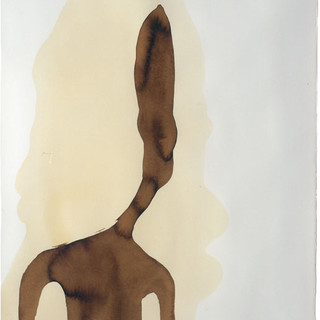Back to the drawing board?
- Carol Anne Jones

- Oct 11, 2017
- 2 min read
Updated: Aug 24, 2020
I’ve been asked to tutor a student who's building a portfolio of drawings to present to an academic institution in France. The brief is very specific in that that it details the number of drawings, the media to be used and the subject matter. As the academic course is for five years it seems the interviewers want to see the potential student’s observational drawing ability at rendering representational objects which will involve all the fundamentals of drawing; line, shape, tone, texture, pattern and composition with perhaps some perspective thrown in. It made me realise how little I draw these days as I tend to use appropriated and my own photographic images for my own work. The following day while doing some freelance photography, I got talking with a well know illustrator based in Dubai who predominately draws. Apparently drawing is enjoying something of a revival with media companies as the public become bored with digitally produced imagery. It's great to think that the skills and techniques of drawing from observation are popular and not redundant in present times. Technology, including photography and the world of digital imaging has not eliminated the need to make drawings.
In the Art industry the most fundamental contemporary debate is focused on what kind of drawing is a good drawing and is good representational drawing on the increase, or waning? Is it a case of some draw and others really draw? Does and must good drawing always be rooted in the observation of life or can it be abstract?
The Royal school of Drawing in London, founded by the Prince of Wales strongly promotes “proper drawing” in that it’s one of only a few institutions in the world offering in-depth, quality tuition for those who wish to develop their observational drawing skills from life and with a belief in the meticulous observation of nature. The artist David Hockney is probably closer to that school of thought than say artists such as Antony Gormley or Damian Hurst.
The debate is complex but as John Renshaw writes;
“drawing remains a valuable means through which we are able to engage with the world in both visual and conceptual terms. Drawing practice continues to provide unique opportunities to record, represent and interpret our experiences, offering a means by which we can visualize and interrogate ideas. Making drawings is not only about recording the visible world, but can also stimulate us to think and engage in the process of constructing meaning for ourselves and others".
The debate continues, but for me it's time to get my drawing pencils out.
References:
Renshaw, J. (2005). Drawing: Looking and Thinking: Marks and Meaning. Chester: Academic Press.
https://royaldrawingschool.org/














Comments